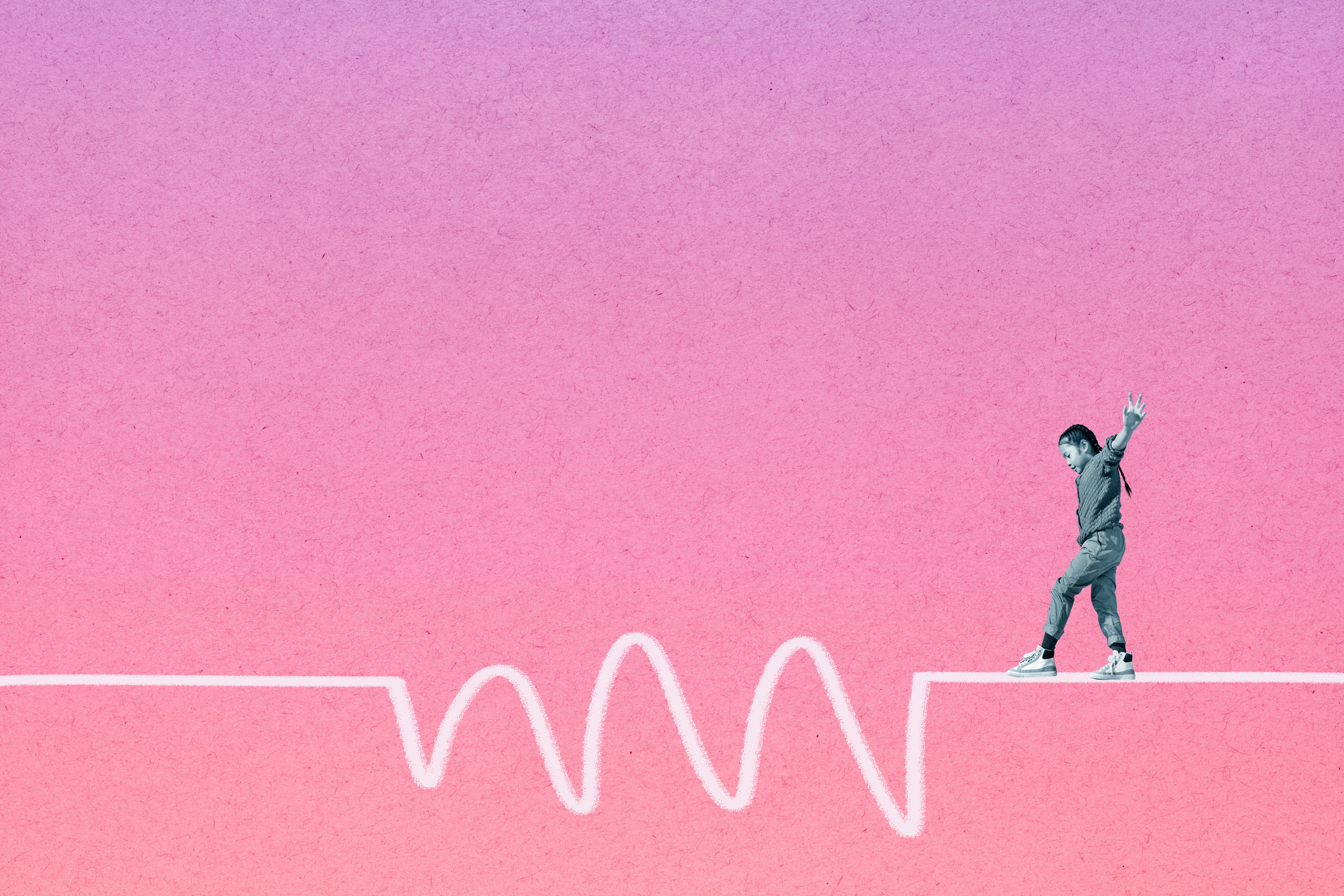What does anxiety feel like to you?
Here are a few descriptions I have heard over the years:
From the literal:
- Queasy
- Revved up
- On edge
- Worried
To the metaphorical:
- Like a pit in my stomach
- Like an internal storm
- It’s a sinking feeling
And my favorite: “It’s like a toddler. It never stops talking, tells you your wrong about everything, and wakes you up at 3 a.m.”
The American Psychological Association defines anxiety as “an emotion characterized by feelings of tension, worried thoughts, and physical changes like increased blood pressure.” Feeling anxious can be a deeply uncomfortable experience. It’s also perfectly normal. Just because it’s awful doesn’t make it a disease that needs to be treated.
The key difference between having an anxiety disorder and normal anxiety is the extent of dysfunction and distress it causes. Generalized Anxiety Disorder, one of the most common diagnoses, is characterized by persistent, excessive, and unrealistic worry about everyday things. This worry could be multifocal such as finance, family, health, and the future. It is excessive, difficult to control, and is often accompanied by many non-specific psychological and physical symptoms. Excessive non-stop worry is the central feature of generalized anxiety disorder.
Diagnostic criteria in the Diagnostic and Statistical Manual of Mental Disorders, fifth edition (DSM-5) aka the “bible” of Psychiatry, include the following:
- Excessive anxiety and worry for at least six months
- Difficulty controlling the worrying
- The anxiety is associated with three or more of the following symptoms for at least 6 months:
- Restlessness, feeling keyed up or on edge
- Being easily fatigued
- Difficulty in concentrating or mind going blank, irritability
- Muscle tension
- Sleep disturbance
- Irritability
- The anxiety is associated with three or more of the following symptoms for at least 6 months:
- The anxiety results in significant distress or impairment in social and occupational areas
- The anxiety is not attributable to any physical cause.
Put simply, feeling anxious at a given point in time about something stressful going on in your life does not mean you have an anxiety disorder. High anxiety may be appropriate and even adaptive in certain contexts. For instance, going off to college, switching jobs, or dealing with a break up may fill you with dread but that doesn’t make it pathological. There is plenty of evidence showing that anxiety can be beneficial under some circumstances. It might motivate you to prepare for a test or remind you to check the battery on the fire alarm.
In some situations, such as in Ukraine, anxiety can be protective. As Dr. David Rosmarin recently wrote in The Wall Street Journal since the Russian invasion, residents who experience nervousness and worry, “are probably better off than their neighbors who are less anxious. They are more likely to survive a military attack, since a stress response yields benefits such as greater situational awareness, quicker response time, and even constriction of blood flow in the event of injury.”
Anxiety is not “all bad,” and an absence of anxiety is not “all good.” Unfortunately, the current conversation about anxiety in any form portrays it as something to be minimized, avoided, and treated. By pathologizing anxiety, we miss out on the opportunity to learn and potentially grow from it. Plus, we are making people anxious about being anxious. Because of all the negative implications swirling around anxiety, they are mistakenly led to believe that there is something wrong with them.
I have met many young people who have diagnosed themselves with anxiety because they took an online screening test that only asked two questions — one about feeling nervous and the second about being unable to control worry over the past two weeks. There is no inquiry about context. No nuance is explored. In under a minute they are diagnosed as a likely case of generalized anxiety disorder.
Here are the questions:

Answering “more than half the days,” to one question and “several days,” to the other is enough to screen in. Pretty much anyone going through a rough patch will qualify. The intention behind this simple test is to rapidly identify those in need of treatment. There may be other unintended consequences as well. Labeling oneself as having an anxiety disorder can shift a person’s self-concept. Believing you have a mental illness might impact your response to an awkward social situation or influence a decision to take on a challenge.
Of course, its entirely possible that I am overly anxious about over pathologizing anxiety. These concerns are a perfectly normal and healthy response to something that is stressing me out.
I wish you all the best,
Dr. Samantha Boardman










